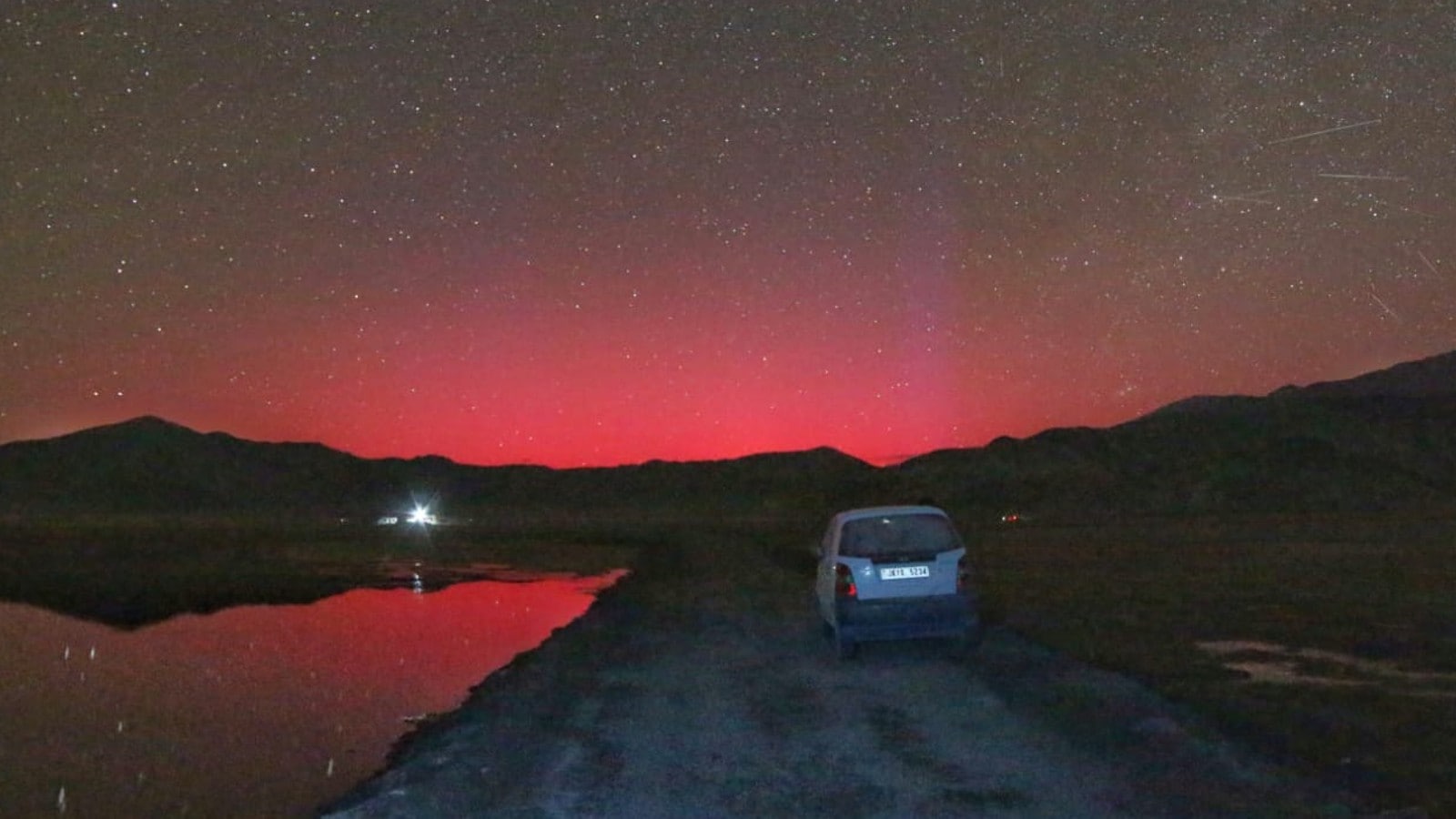A geomagnetic storm this weekend is expected to allow the Aurora Borealis, or northern lights, to be visible in regions where they are rarely seen. Typically, this stunning natural phenomenon occurs when charged particles, predominantly electrons and protons, emitted by the sun collide with gases in the upper atmosphere of Earth, traveling at speeds of up to 72 million kilometers per hour.
The Earth’s magnetic field directs these particles toward the magnetic north pole, leading to visibility primarily around the Arctic Circle. However, due to a solar storm that occurred on June 12 and 13, the Aurora Borealis could extend beyond its typical boundaries, providing a unique opportunity for more people to witness this spectacular light display.

